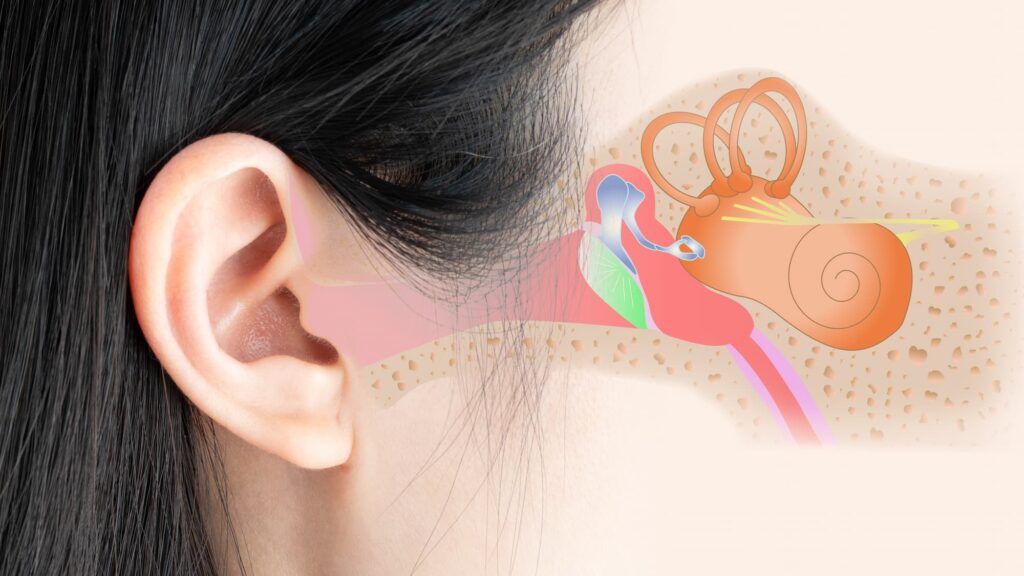providencemarianwood.org – Hearing is one of our most essential senses, allowing us to connect with the world around us through sound. From the gentle whisper of a breeze to the lively chatter of a crowded room, our ability to hear enriches our lives in countless ways. “Tuning In: The Science of Hearing” delves into the fascinating mechanics of how we perceive sound and the intricate processes involved in hearing.
The Anatomy of the Ear
The human ear is a marvel of biological engineering, designed to capture and process sound waves with remarkable precision. It consists of three main parts: the outer ear, the middle ear, and the inner ear. Each plays a crucial role in the journey of sound from the environment to our brain.
- Outer Ear: The outer ear, comprising the pinna and ear canal, acts as a funnel, capturing sound waves and directing them inward.
- Middle Ear: When sound waves reach the eardrum, they cause it to vibrate. These vibrations are amplified by three tiny bones in the middle ear, known as the ossicles, which transmit the sound to the inner ear.
- Inner Ear: The inner ear houses the cochlea, a fluid-filled spiral structure lined with hair cells. When vibrations reach the cochlea, they create waves in the fluid, stimulating the hair cells and converting sound into electrical signals sent to the brain via the auditory nerve.
The Process of Hearing
Hearing is not just about receiving sound; it’s about interpreting it. The brain plays a critical role in this process, analyzing the electrical signals from the auditory nerve to identify and differentiate various sounds. This involves complex neural networks that process elements like pitch, volume, and location, allowing us to understand speech, enjoy music, and recognize familiar sounds.
The Phenomenon of Sound Perception
Our perception of sound is influenced by various factors, including the environment, our attention, and even our emotions. The brain’s ability to focus on specific sounds while filtering out background noise, known as the “cocktail party effect,” demonstrates the intricate nature of auditory processing. This selective hearing allows us to concentrate on meaningful conversations and sounds, despite a noisy background.
Hearing Loss and Its Implications
Hearing loss affects millions of people worldwide, resulting from factors like aging, exposure to loud noise, and certain medical conditions. Understanding the science of hearing helps in the development of technologies and treatments, such as hearing aids and cochlear implants, which restore hearing and improve quality of life for those affected.
The Future of Hearing Science
Advancements in hearing science continue to open new possibilities for auditory research and solutions. From exploring the genetic basis of hearing loss to developing innovative auditory devices, the field is evolving rapidly. These advancements hold promise for enhancing our understanding of hearing and developing new ways to protect and restore this vital sense.
Conclusion
“Tuning In: The Science of Hearing” reveals the incredible complexity behind our ability to hear and the importance of this sense in our daily lives. By appreciating the intricate processes and challenges associated with hearing, we can better understand the profound impact of sound on our world and the ongoing efforts to improve auditory health and technology.
